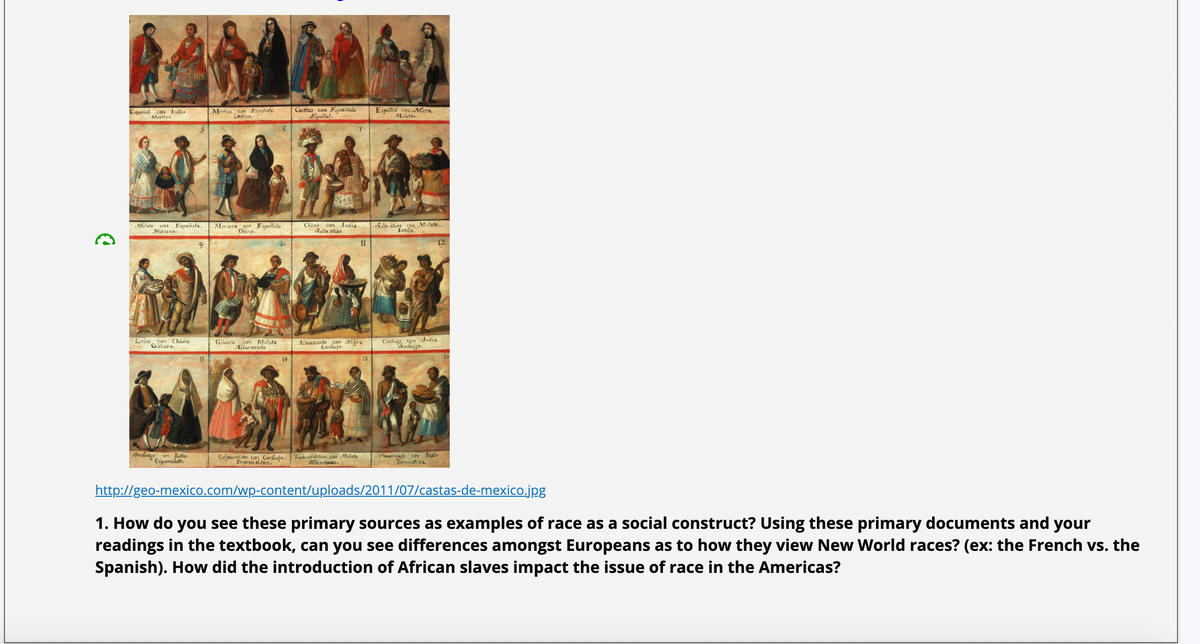1. How do the Native Americans whom Cartier encounters react to him and his crew? What does this suggest about their familiarity with trading with other groups of people, including European sailors?
1. How do the Native Americans whom Cartier encounters react to him and his crew? What does this suggest about their familiarity with trading with other groups of people, including European sailors?
Related questions
Question
100%

Transcribed Image Text:1. How do the Native Americans whom Cartier encounters react to him and his crew? What does this suggest about their familiarity
with trading with other groups of people, including European sailors?
2. How would you characterize Cartier's attitude toward the Native Americans he encounters? Why would he have "detained" two
Native Americans to take away with him?
3. What does this account suggest about Cartier's goals during his explorations? What potential resources does he take note of and
why would these be worth recording?

Transcribed Image Text:Espariol con Jndia
Mestizo
Mestizo con Fspañola
Caotiza.
Castizo con Espaiola
Español.
Español con NCera
Mulato.
Nulato con Española,
Morisco.
Morisco con Espaiola
Chino.
Chino con Jndia
Sale atas.
Salta atas con Mulata,
6.
11
12
Lobo, con China
Cibaro.
Gibaro con Mukta
Albarazado
Albarazado con Negra
Canbula.
Cantualo con İndia
Sanbajga.
14
15
Sanbaigo con Loba
Calpamulato.
Calparatluto con Canbult-
Terte en elAire.
Tente ercol Aire, can Mulata.
Noe eitiendo.
Nteentionds can Inais
Tornaatraa,
http://geo-mexico.com/wp-content/uploads/2011/07/castas-de-mexico.jpg
1. How do you see these primary sources as examples of race as a social construct? Using these primary documents and your
readings in the textbook, can you see differences amongst Europeans as to how they view New World races? (ex: the French vs. the
Spanish). How did the introduction of African slaves impact the issue of race in the Americas?
Expert Solution
This question has been solved!
Explore an expertly crafted, step-by-step solution for a thorough understanding of key concepts.
This is a popular solution!
Trending now
This is a popular solution!
Step by step
Solved in 2 steps
